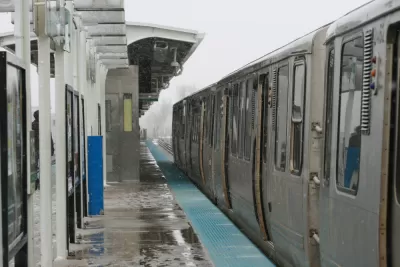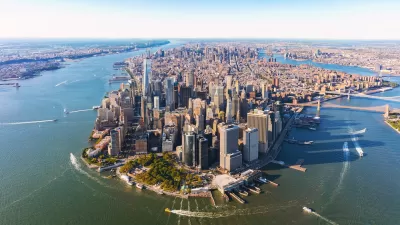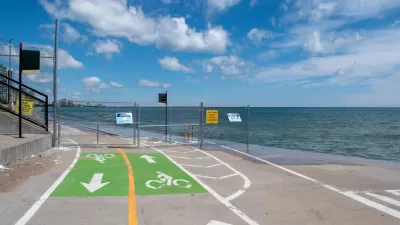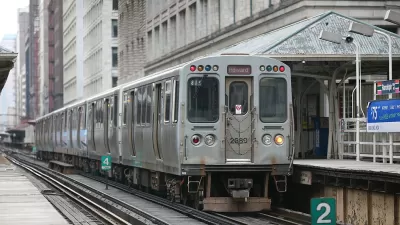Chicago Mayor Lori Lightfoot on Earth Day announced the forthcoming release of a new plan to reduce greenhouse gas emissions and prepare communities for the effects of climate change.

The office of Chicago Mayor Lori Lightfoot recently launched a 2022 Climate Action Plan, promising “to reduce carbon emissions while also increasing household savings, advancing environmental justice, and improving community health.”
John Greenfield reports on the new climate action plan for the city of Chicago, first noting Mayor Lightfoot’s less-than-stellar record on climate change action: “Given that Chicago mayor Lori Lightfoot recently called our multi-modal metropolis ‘a car city,’ and is currently advancing a plan to spend $7.5 million in taxpayer money on free gas cards, in effect paying people to create more greenhouse emissions, you could be forgiven for assuming that she doesn’t give a hoot about climate change."
As explained by Greenfield, Mayor Lightfoot’s a Climate Action Plan hasn’t actually been released in full, but the announcement was timed for Earth Day, so that explains the preemptory announcement. Plenty of work on the final plan has already taken place, however, including listening sessions, town halls, and a public comment period.
As reported by Greenfield, the 2022 Climate Action Plan will be built around five pillars: 1) lowering energy costs and implementing renewable energy for household consumption, 2) reducing waste, 3) creating a zero-emission transportation system, 4) committing to 100 percent clean energy for city operations by 2025 and for the entire city by 2035, and 5) investing in community resilience projects and implementing health and racial criteria in decision making.
The most obvious intersection with planning in that list is probably the zero-emission transportation system goal. Greenfield explains that the goal will include electrifying the city’s bus fleet and building 100 miles of upgraded bike ways in 2021 and 2022.
FULL STORY: Lightfoot’s Climate Action Plan calls for “a zero-emission transportation network”

Trump Administration Could Effectively End Housing Voucher Program
Federal officials are eyeing major cuts to the Section 8 program that helps millions of low-income households pay rent.

Planetizen Federal Action Tracker
A weekly monitor of how Trump’s orders and actions are impacting planners and planning in America.

Ken Jennings Launches Transit Web Series
The Jeopardy champ wants you to ride public transit.

Opinion: Transit Agencies Must View Service Cuts as Last Resort
Reducing service could cripple transit systems by pushing more riders to consider car ownership, making future recovery even less certain.

‘Smart Surfaces’ Policy Guide Offers Advice for Building and Maintaining Urban Tree Canopies
Healthy, robust tree canopies can reduce the impacts of extreme heat and improve air quality.

New Jersey Lawsuit Targets Rent-Setting Algorithms
The state of New Jersey is taking legal action against landlords and companies that engage in what the state’s Attorney General alleges is illegal rent fixing.
Urban Design for Planners 1: Software Tools
This six-course series explores essential urban design concepts using open source software and equips planners with the tools they need to participate fully in the urban design process.
Planning for Universal Design
Learn the tools for implementing Universal Design in planning regulations.
Heyer Gruel & Associates PA
Ada County Highway District
Institute for Housing and Urban Development Studies (IHS)
City of Grandview
Harvard GSD Executive Education
Toledo-Lucas County Plan Commissions
Salt Lake City
NYU Wagner Graduate School of Public Service





























